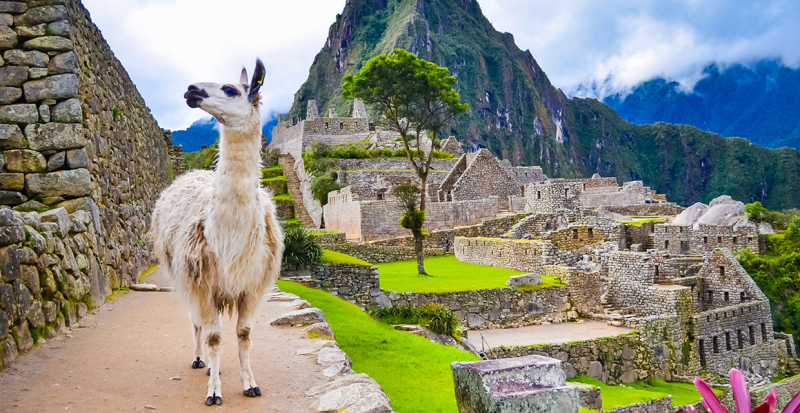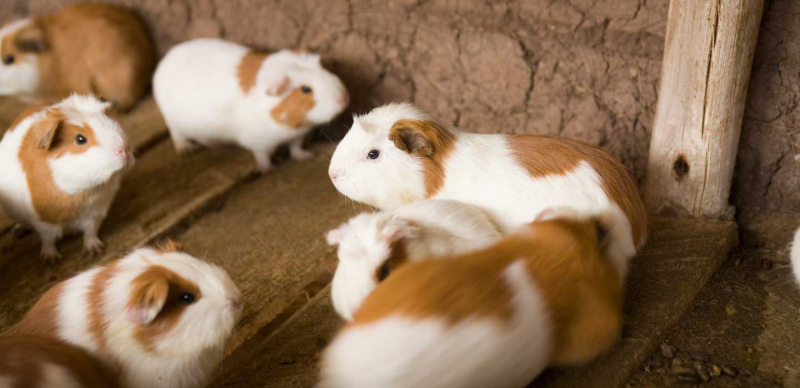The Incas Domesticated Very Few Animals
The Incas, like other societies in the Americas before European colonialism, held their domesticated animals in great regard. Llamas and alpacas were mostly used as pack animals, but they also provided plenty of wool and leather. Ducks and guinea pigs were primarily bred as a food source, although they were mainly bred as a food source but were never the primary food source.
In fact, the empire might not have gone as far as it did if it hadn't been for llamas. The success of domesticating this small American camel was supposed to have played a significant role in the development of their civilization. Llamas were essential for transporting big loads of highly prized commodities such as fish from the jungle at lower elevations and potatoes, quinoa, and other highly nourishing agricultural crops grown at higher altitudes. Simply put, the llama was their principal mode of import and export.
The mountain people's capacity to grow and train hundreds of thousands of llamas that could and would carry useful burdens allowed them to complete engineering and agricultural projects considerably more extensive than they could have done if they had to rely solely on human burden-bearers.












